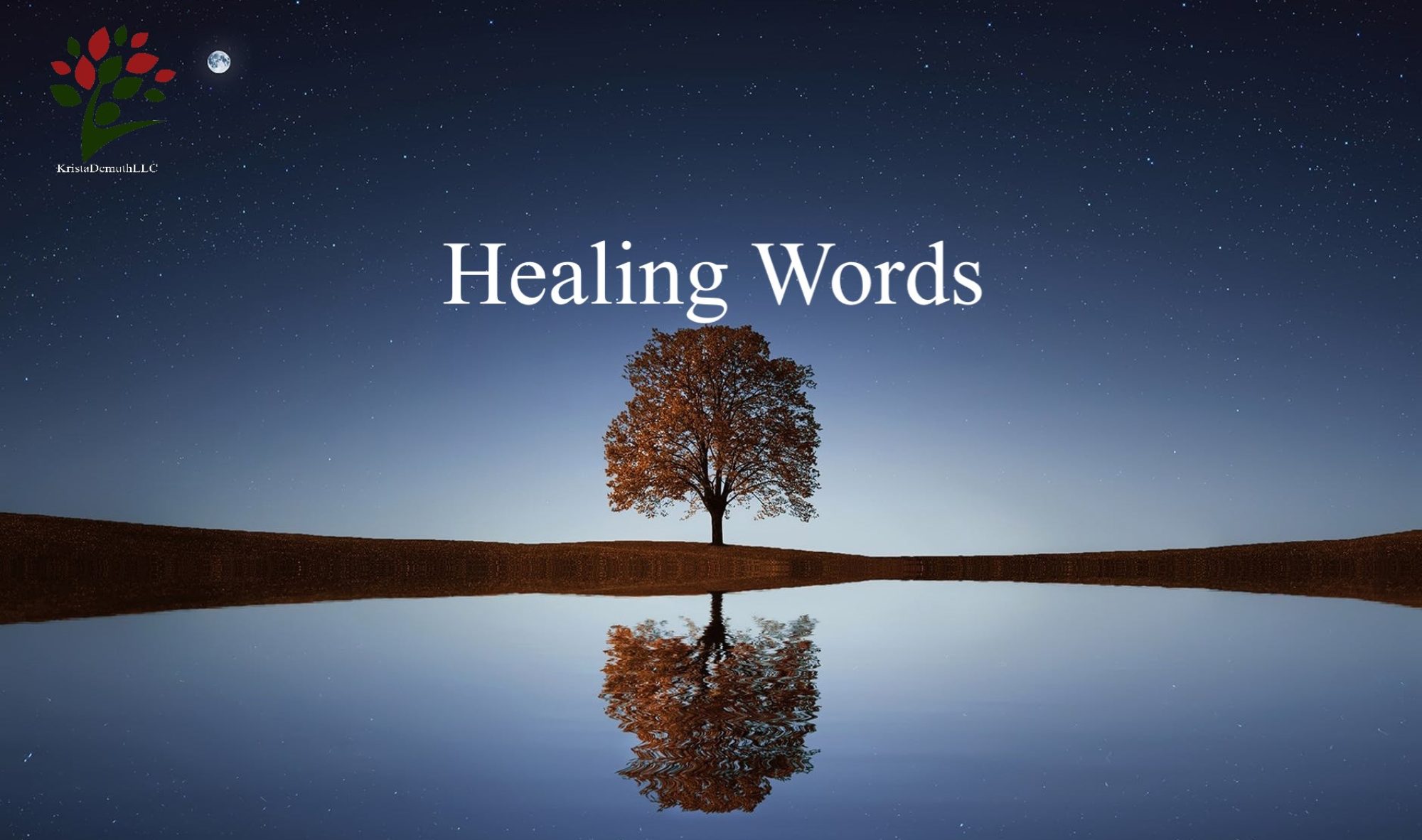
Nationally, the rates of suicide have fallen this year. In fact, they have fallen back to pre-pandemic rates. However, in some parts of Wisconsin, including Shawano county, rates of suicide and substance use have increased. So why the uptick in these issues? Many individuals are citing poor mental health. But why now? Why now when there is finally a light at the end of the pandemic tunnel?
Many mental health professionals are attributing the rise in suicide rate and substance abuse to a strange phenomenon that is occurring as a result of the past year. As if burnout, depression, and anxiety aren’t enough, there is a new issue on the horizon. That is languishing. Languishing is the middle ground between depression and flourishing. It’s this blah feeling, the “funk” so to speak that many people are in right now. And while languishing is not as clinically significant as depression, it can lead to depression. That in turn can lead to suicide and increased substance use.

Let’s take a closer look at this elusive thing called languishing. Over the past year, we have faced a lot of challenges. While things do seem brighter, the reality is, many of us are still in this odd limbo state. We can see changes on the horizon, but we are still where we were a year ago. Compound that with recent civil unrest in the country (does it feel like we are somehow in that movie Groundhog Day to anyone else?), dreary weather, financial difficulties, job losses, and a changing political climate, it is no wonder that so many people are languishing.
So, what can we do about this phenomenon? First, recognize where you fall on the spectrum. If you are flourishing—great! If you are struggling with clinical depression, please find a professional to talk to. If you are somewhere in the middle—you might be languishing. The problem with languishing is that it can be a subtle, gradual slide into depression. It’s very important that you recognize it and take steps to stop this before you slide into depression.
Secondly, give yourself some time. Time that is uninterrupted by electronics or other people. Read a book. Do a brain puzzle. Go spend some time in nature. Anything that you enjoy doing, but make sure you can do it in an uninterrupted fashion. In today’s fast paced world, our attention is often pulled in many different directions. It’s healthy to take a moment without distractions to truly have some time for just you.

The next thing you can do is focus on a small goal. More and more I am hearing people say they are feeling “blah” or “meh.” They are in a funk. So, I recommend finding one small thing you can do to draw you out of that funk. It can be as simple as washing a load of laundry or going for a short walk. Then, focus on the fact that you have accomplished that goal. This is a great way to get off the slow, slippery slide from languishing to depression.
Now that we have some idea what’s going on, let’s look at how this can be contributing to an increase of suicide and substance use. Substance use is often a maladaptive coping skill. If you are languishing, drugs or alcohol can seem like a pleasant distraction. The problem is, both drugs and alcohol impact the portion of the brain that affects mood. So ultimately, while you are seeking a way to get out off the depression slide, you are inadvertently contributing to lower mood and feelings of depression by consuming substances that negatively alter your mood.
Suicide is a profoundly serious public health concern. Suicide is one of the leading causes of death in the United States. 1.4 million Americans attempt suicide each year, and 132 individuals die from suicide each day. While there are many factors that contribute to suicide it is rarely caused by one single factor. We do know that there are disproportionate rates of suicide for Native Americans and non-Hispanic white individuals, as well as those living in rural communities. It is unknown why the rates of suicide are increasing in certain parts of the state. We are unsure whether this is in part due to the more recent phenomenon of languishing which has resulted from COVD19.

What we do know is there are some ways to help prevent suicide. Opening discussions around suicide and self-harm are instrumental in reducing suicide rates. Identifying and supporting those at risk, fostering connections throughout the community, providing financial assistance, providing access to quality mental health care, and learning new coping skills are all ways to reduce suicide.
If you, or someone you know is struggling with thoughts of suicide or self-harm, please reach out for help. Remember, mental health professionals are trained to help individuals struggling with thoughts of suicide or self-harm. If you are in imminent danger of harming yourself, ask a trusted loved one to take you to your local hospital. You can also call 911. The national suicide prevention lifeline is available 24/7. They can be reached at 800-273-8255.
To Health, Hope, and Healing
Krista

Krista Demuth, MS LPC, CATP is a professional counselor specializing in mental health for children, adolescents, and adults. She is a Certified Child and Adolescent Trauma Professional. She is licensed in Wisconsin and provides service to the St Croix River Valley and surrounding areas.
